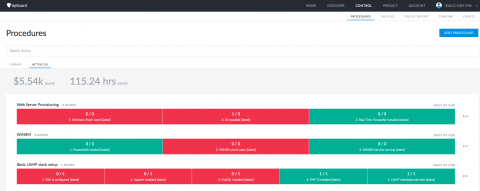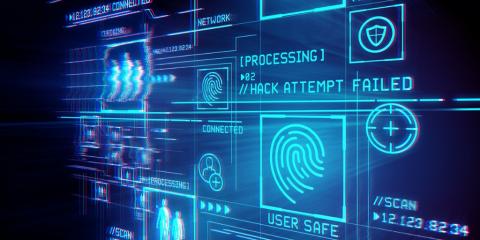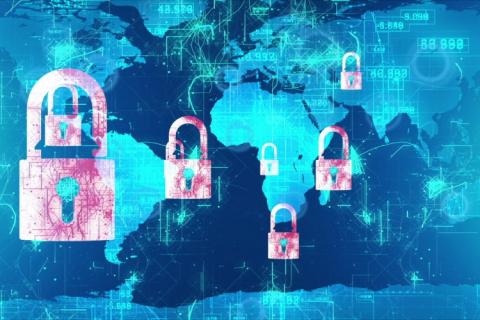Don't Let Malware Hold You Ransom
Ransomware is a relatively new form of malware that poses significant threats to computer networks, even those with effective security systems. It masquerades as legitimate software and uses encryption protocols, like those designed to protect personal information, to lock down files and hold data for ransom. In addition to the increased frequency of attacks, hackers are continuing to grow more sophisticated, targeting high profile businesses that can afford to pay higher ransoms.










